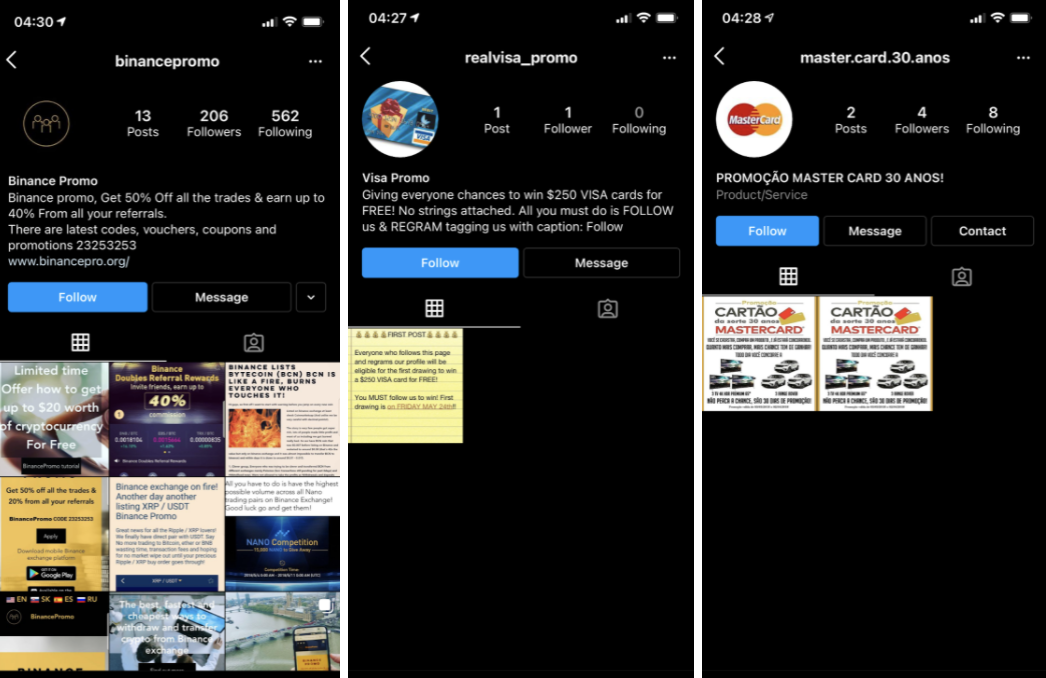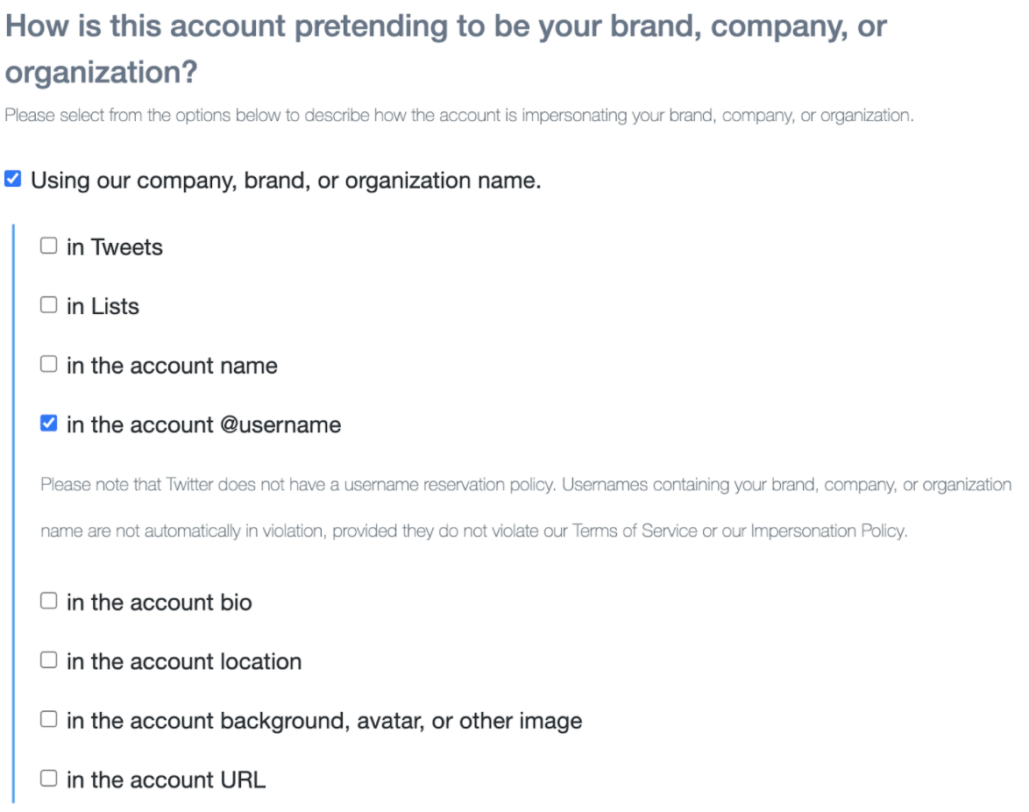Check our new Tutorials
Learn how to streamline workflows, boost engagement, and maximize retention with GR8 Tech CRM.
Start watching
Constant development in the digital world makes it increasingly important for organizations to look after their intellectual property, not only to guard against loss of revenue but also to protect their image, reputation, and overall value.
Khrystyna Bychkova, Brand & Esports SMM Lead at Parimatch, explains how regular monitoring can save a company from significant losses.
How to protect your unique brand/ logo on the Internet, and why it’s important?
The first step to securing and protecting your brand with exclusive intellectual property rights—including on social networks—is to register your trademark.
Types of trademarks:
- verbal;
- pictorial;
- three-dimensional;
- sound;
- a combination.
Important:
- The rights to a trademark become effective from the moment the application for registration is approved;
- Legal protection of a trademark is provided on the territory of the country where it was registered;
- If a brand plans to enter new territories, the respective trademark needs to be registered in each country individually, or go through the international Madrid system, which simplifies registration in multiple jurisdictions.
Why is it important?
First of all, a trademark provides protection against third parties misusing your brand for commercial or fraudulent purposes.
For example, one of the classic scams occurs with promo pages on Instagram, where users are offered the chance to win money. In the best-case scenario, these promos are created by affiliates using the guise of an “official” account to increase registrations through their affiliate link. In the worst-case scenario, subscribers are asked to pay for the opportunity to win non-existent prizes.

Secondly, these types of fake accounts mislead regular social network users, who recognize a famous brand name and don’t bother to check whether or not it’s a genuine account. All too often, this results in getting scammed, which in turn damages the reputation of the brand.
Is it possible to keep the username and get it protected?
This issue should be considered in different situations.
Situation A. A brand enters a social network, but its username is already taken, for example, by an individual, a fraudster, or an affiliate. The challenge for the brand is to take possession of or acquire the username.
This can be done provided a valid verbal or combined trademark is available and the verbal spelling of the brand name is registered. However, if the social network doesn’t have such a policy, it will be impossible to acquire the username.
Until recently, Twitter was like this. Anyone trying to submit a complaint about an account impersonating another person or organization in order to take possession of a username would see the following message:

Now, getting the username of your company back should not be a problem after filling out a trademark infringement request, provided that the violation complies with the new Username Squatting Policy.
Situation B. Your brand enters a social network, but the required username is already taken by another company, which either has the same trademark but in different classes or a similar name.
In this case, username acquisition is unlikely to be possible. You can try to submit a request for the acquisition of the name, but if the company that owns the account registered its trademark before you, your request will be rejected.
What critical steps should you take from time to time to protect your brand on social networks?
1. Of course, regular monitoring is necessary. Conduct manual searches of the most popular social networks by account names and tags. How often you should do this will depend on the popularity of the brand, but at least once a month is recommended—you can also use the Commerce & Ads IP Tool from Facebook, which allows you to search in commercial and advertising publications. You’ll have to fill out an application to do this.
2. Collecting feedback from customers and collaborating with the support team. Most users still trust the traditional on-site support via chat or e-mail, so it’s worth synchronizing with colleagues and promptly processing incoming messages from users about suspicious accounts that infringe your trademark.
3. Registering accounts with the most popular brand name variations. This is optional but desirable. This will slightly complicate the task for people trying to impersonate another company, but it will not protect you from the emergence of new ones.
4. Collecting mentions of the company name in publications and comments through Youscan and similar services—an automatic but not the most efficient method.
What should you do when you see an infringement of your trademark?
The first thing to do is figure out what types of intellectual property rights violations exist on social networks.
There are two types: Copyright infringement and Trademark infringement.
We are interested in the latter since a trademark is what distinguishes the goods and services offered by a certain person, group, or company from those offered by other parties. And to protect the brand from loss of reputation and users from being scammed in fraudulent schemes, it is crucial to identify these violations promptly and take the following steps:
Step 1. Find the account that’s violating your exclusive trademark rights.
Step 2. Identify the type of infringement: the use of the logo, username, etc. This will depend on the elements for which you have the appropriate documents for exclusive use.
Step 3. Prepare the minimum required list of documents and items of information:
- Trademark registration documents, for example, an extract from the WIPO database or a local certificate—in this case, it’s advisable to translate it into English and have it notarized;
- A document confirming that you are a representative of the organization making the complaint. As a general rule, any corporate lawyer will be able to draft the necessary document;
- A statement text template, including the key points of the violation, how it affects the organization, and whose trademark rights have been infringed. You should also add that the information you provide is true and that under penalty of perjury, you agree that you are the holder of the infringed trademark rights or are authorized to act on the holder’s behalf.
- Find out the name and address of the registrant. This information must match the data indicated in the trademark registration documents.
Step 4. Fill out the complaint form on the social network where you found the violation, support it with documentation, and submit the form for consideration.
Done!
It is worth mentioning that trademark infringements do not include mention of the brand name when talking about personal use or for non-advertising purposes (this includes negative feedback and reviews—much to the annoyance of many managers. Fortunately or unfortunately, it is impossible to block an account for this);
If we are talking about competitors, it’s a good idea to get legal advice about whether this is indeed a true case of trademark infringement. Comparative advertising laws in several countries around the world allow companies to mention their competitors' by their commercial names, show images of their products, and describe other so-called “exclusive” elements